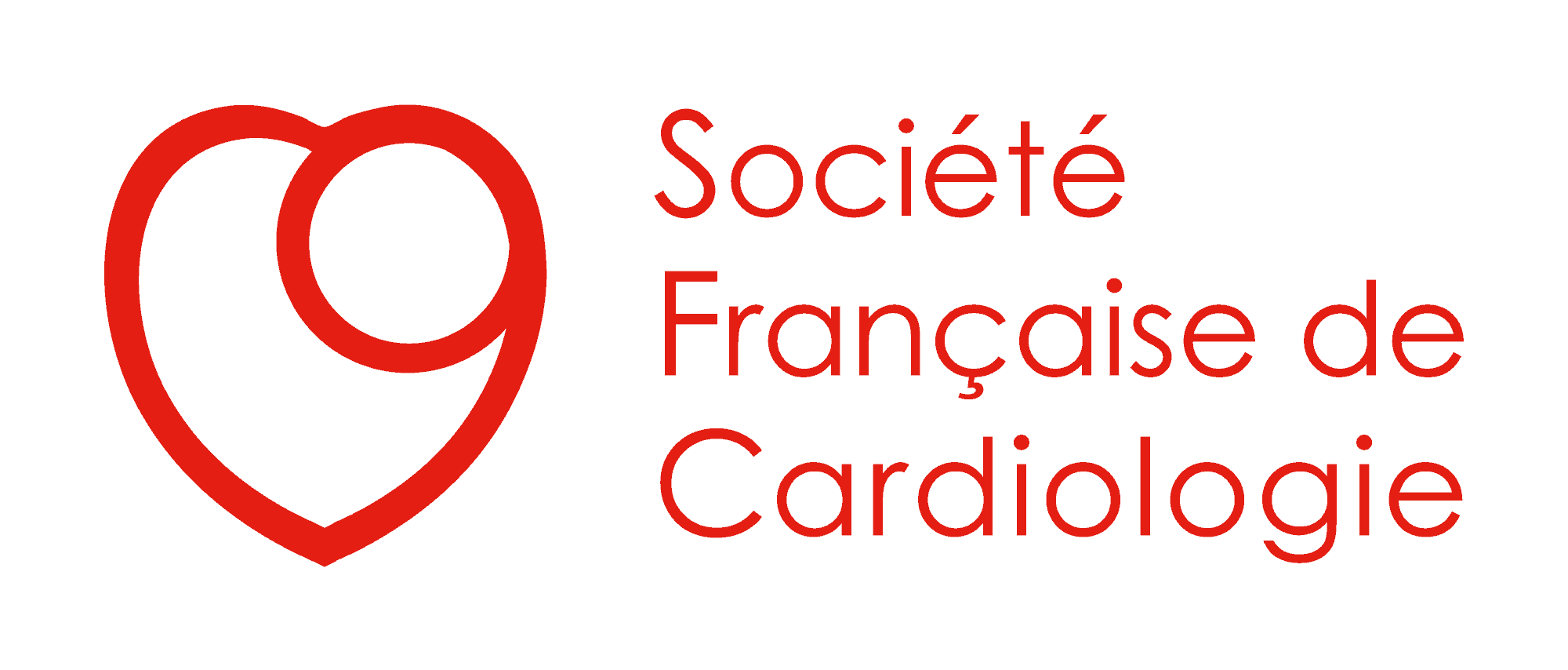Suivez-nous sur les réseaux sociaux !
Retrouvez les articles immanquables des Archives of Cardiovascular Diseases, revue scientifique mensuelle en anglais de notoriété internationale.
Voici un aperçu rapide des sujets abordés dans cette publication :
Dernières publications
Publications
Mitral valve repair is better than mitral valve replacement in native mitral valve endocarditis: Results from a prospective matched cohort
Voici un aperçu rapide des sujets abordés dans cette publication :
Archives of Cardiovascular Diseases | Article du mois – Mars 2022
Léopold Oliver, Marie Leauthier, Matthieu Jamme, Florent Arregle, Helene Martel, Mary Philip, Frederique Gouriet, Jean Paul Casalta, Olivier Torras, Anne-Claire Casalta, Laurence Camoin-Jau, Flora Lavagna, Sebastien Renard, Pierre Ambrosi, Hubert Lepidi, Frederic Collart, Sandrine Hubert, Michel Drancourt, Didier Raoult, Alberto Riberi, Gilbert Habib
Summary
Background
In native mitral valve infective endocarditis (NMIE), the respective values of mitral valve repair (MVRep) and replacement (MVR) are still debated.
Aims
To compare MVRep and MVR in a large prospective matched cohort.
Methods
Between 2010 and 2017, all consecutive patients operated on for NMIE in our centre were included prospectively. Clinical and outcome features were compared between the two groups. Primary endpoint was event-free survival, including death, reoperation and relapse. Univariate and multivariable survival analyses and a propensity score analysis were performed.
Results
Among 152 patients, 115 (75.7%) underwent MVRep, and 37 (24.3%) MVR. Median follow-up was 28 ± 22 months. Surgery was performed during the active phase in 75.0% of patients (25.7% on an urgent basis). Compared with the MVRep group, patients in the MVR group were more frequently intravenous drug abusers (10.8% vs. 0.9%; P = 0.016), had a more frequent history of rheumatic fever (13.5% vs. 0%; P = 0.001), more aortic abscesses (16.7% vs. 3.5%; P = 0.018), larger vegetations (16.6 ± 8.1 mm vs. 12.6 ± 9.9 mm; P = 0.042) and poorer New York Heart Association status (P = 0.006). Overall mortality was lower in the MVRep group than in MVR group (11.3% vs. 29.3%; P = 0.018). Event-free survival was better in the MVRep group than in the MVR group in univariate analysis (hazard ratio: 2.72, 95% confidence interval: 1.34—5.52; P = 0.004). Survival analysis in the propensity-matched cohort showed that MVRep was safer than MVR (log rank test: P = 0.018). Multivariable analysis using the Cox proportional hazard model confirmed this finding (hazard ratio: 3.48, 95% confidence interval: 1.15—10.61; P = 0.03).
Conclusions
MVRep is feasible in most cases of NMIE and, when technically possible, should be preferred, even in urgent surgery.
Partagez cet article :
Partagez cet article :
Written by : SFC
Plus de publications de la SFC

CARDIOLOGIE PÉDIATRIQUE Holter Monitor Rhythm Parameters in Healthy Infants, Children, and Adolescents: Defining Reference [...]

CARDIOLOGIE PÉDIATRIQUE Catheter ablation in congenital heart diseases: a French nationwide study | Lire [...]



